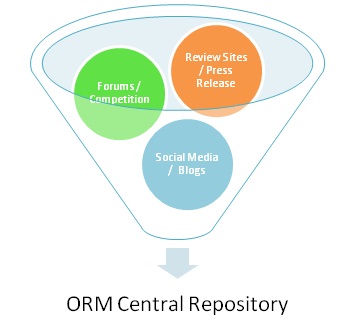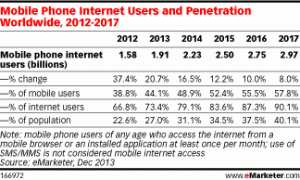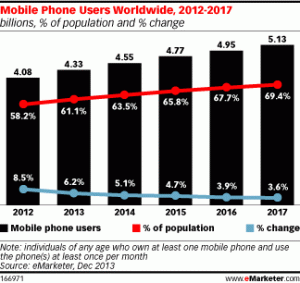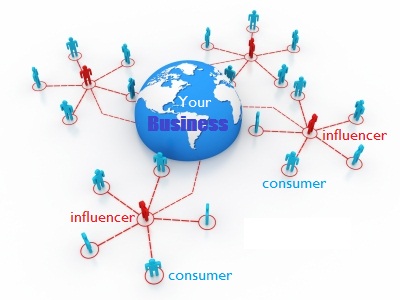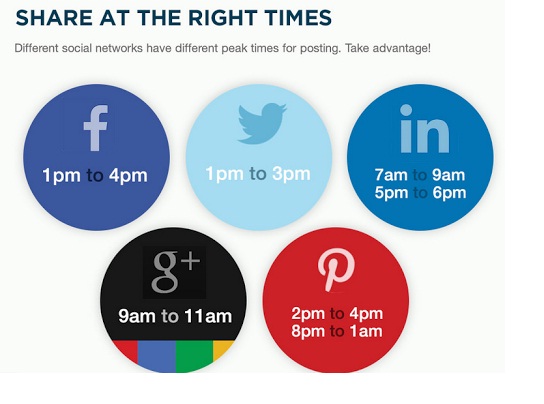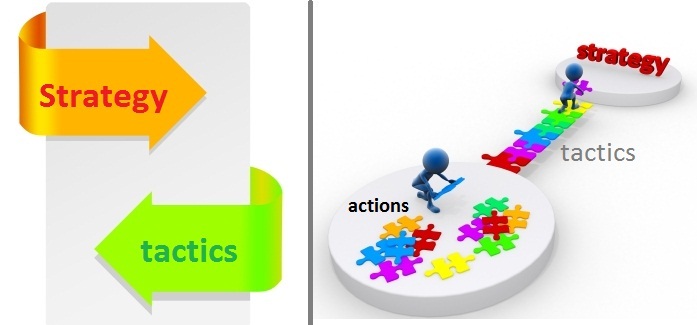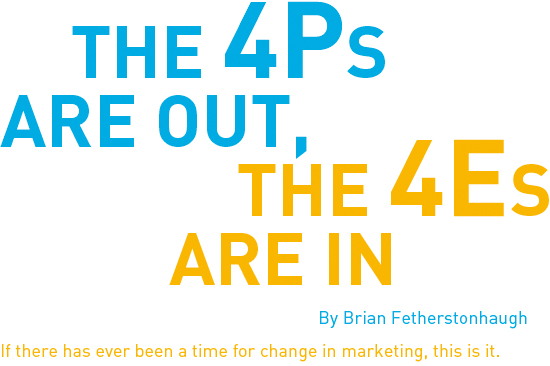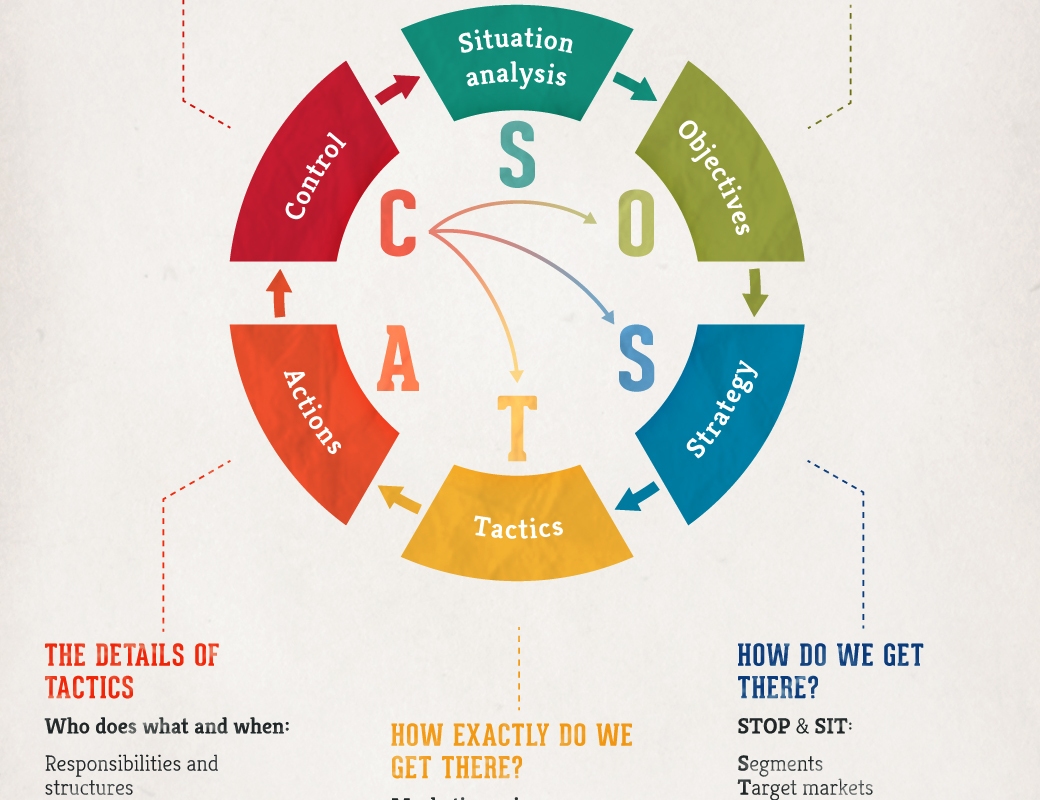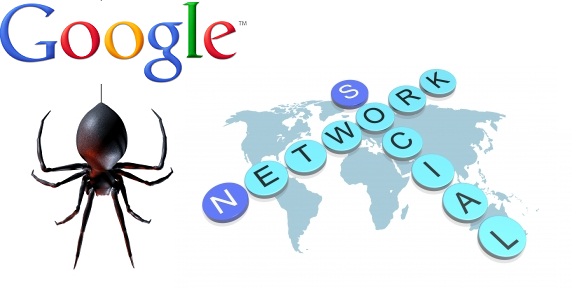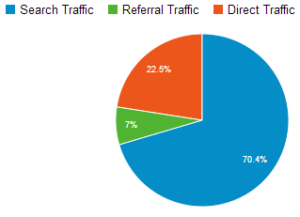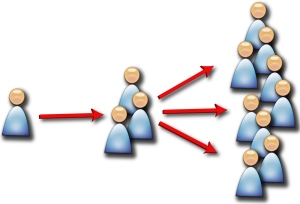
The advent of large language models (LLMs) has enabled businesses to explore new applications, particularly in the realm of personalized communication. These models facilitate the generation of customized messages in real-time, allowing for marketing content to be tailored and delivered to each customer via their preferred channels. It is important to underscore that customer segmentation is no longer the focus; the emphasis has now shifted to the individual customer. Recognizing the impracticality of addressing individual customer preferences through conventional manual methods, it is evident that automation is essential to achieve this level of personalization. Rest of the discussion will revolve around how to implement Gen AI for crafting and delivery personalized messages to the customers.
To begin with, it is imperative to convert the purchasing patterns of customers into quantifiable engagement scores to accurately assess their usage levels. These metrics are instrumental in detecting shifts in consumer behavior following marketing initiatives. Typically, businesses employ a machine learning-based engagement framework for this purpose. The analytical techniques that may be applied within such frameworks include RFM (Recency, Frequency, Monetary) analysis, Survival Analysis, and Cohort Analysis. While a detailed exploration of these methodologies will be addressed in the future, it is sufficient to state at present that the insights derived from one or more of these analyses contribute to the creation of features. These features are then utilized to construct and refine the machine learning algorithms underpinning the engagement framework.
Engagement Scores: Imagine a customer, John, who makes purchases on an e-commerce platform. Initially, John buys items sporadically, perhaps once every few months. However, after a targeted marketing campaign, John’s purchase frequency increases to bi-weekly. This change in behavior would be reflected in his engagement score, which would rise due to the increased frequency and recency of his purchases.
RFM Analysis: RFM analysis would categorize customers based on how recently ® and how often (F) they made a purchase, as well as the monetary value (M) of their purchases. For example, a customer who made a large purchase yesterday would score high in all three categories, indicating high engagement.
Survival Analysis: This analysis predicts the time until a certain event, such as churn. If a customer typically makes a purchase every month, but suddenly stops, survival analysis helps to predict when they might return or if they have churned.
Cohort Analysis: Customers are grouped into cohorts based on shared characteristics or experiences within a defined time-span. For instance, customers who signed up during a holiday sale might be observed for changes in their purchasing patterns compared to those who signed up at other times.
Machine Learning Algorithm: Using the features created from these analyses, a machine learning algorithm could predict customer engagement levels. For example, it might identify that customers who view a product page more than five times in one session are highly likely to make a purchase within the next week, thus having a high engagement score.
These examples demonstrate how data analysis and machine learning can transform raw customer behavior into actionable insights, enabling businesses to tailor their marketing strategies effectively.
The subsequent phase involves the creation of distinct customer personas, which are informed by the engagement framework and individual preferences. The significance of persona development lies in its utility for large language models (LLMs), which process data through natural language. Engaging with these models necessitates a similar linguistic approach. Python offers a variety of libraries, such as TAPAS, that enable the interrogation and response to tabular data. These tools are instrumental in translating transactional data into natural language narratives that encapsulate the customer profile comprehensively. It is crucial to recognize that these narratives are not only informed by the engagement framework but also enhance it. However, it is essential to distinguish between the processes of engagement framework application and persona development, as they are separate yet complementary tasks. Let’s consider an example to elucidate the process of generating individual customer personas based on engagement frameworks and preferences:
Suppose we have a customer named Maya. She frequently shops for eco-friendly products and has a history of engaging with content related to sustainability. Using the engagement framework, we’ve identified that Maya often reads articles on eco-friendly living and participates in community discussions about reducing waste.
Persona Development: Based on this data, we create a persona for Maya as an “Eco-Conscious Shopper.” This persona includes her preferences for sustainable products, her engagement with educational content on environmental topics, and her interaction patterns on the platform.
Engagement with LLMs: When communicating with LLMs, we use natural language to convey Maya’s persona. For instance, we might input, “Show products and content for an eco-conscious shopper interested in sustainability and community engagement.”
Python Libraries and Narratives: Using a Python library like TAPAS, we can query Maya’s transactional data in a conversational manner. For example, we might ask, “What type of eco-friendly products does Maya purchase most frequently?” The library processes this query and responds in natural language, such as, “Maya frequently purchases biodegradable kitchenware and organic cotton clothing.”
These narratives, derived from transactional data and augmented by the engagement framework, provide a comprehensive view of Maya as an individual customer. They allow us to tailor marketing strategies and product recommendations specifically for her, enhancing her shopping experience and potentially increasing her loyalty to the platform.
It’s important to note that while the engagement framework provides the data-driven foundation, the persona development brings a human-centric approach to interpreting and utilizing that data. Both are integral to creating a personalized customer experience in the age of AI-driven marketing.
The final stage in leveraging large language models (LLMs) for marketing involves the intricate process of prompt engineering. This entails crafting prompts that guide LLMs to produce targeted marketing content for upselling or cross-selling. It’s noteworthy that LLMs have evolved to not only generate text but also create compelling visuals, such as images and videos, enhancing the overall impact of marketing campaigns.
When developing marketing copy, it’s essential to utilize established frameworks like AIDA (Attention, Interest, Desire, Action) or FAB (Features, Advantages, Benefits). These frameworks are well-understood by mainstream LLMs, and simply referencing them can trigger the generation of content aligned with their principles. While it’s not our aim to delve into the intricacies of these frameworks, it’s crucial to understand their implementation in the context of LLMs.
Another critical aspect is mitigating the occurrence of ‘hallucinations’—inaccurate or irrelevant content generated by LLMs. This is addressed by providing a rich context through the Retrieval-Augmented Generation (RAG) approach. There are various methodologies to implement RAG, with LANGCHAIN being a prominent one at present. RAG enriches LLMs with a vast array of documents and texts, which helps in defining the context and, consequently, in eliciting more accurate responses from the model. In summary, the art of prompt engineering for LLMs is a sophisticated blend of creative writing and technical know-how, ensuring that the generated content is both relevant and engaging for the individual customer. The goal is to captivate the customer’s interest, ultimately leading to a successful marketing outcome.
Conclusion: The examples provided illustrate the transformative power of data analysis and machine learning in shaping customer-centric marketing strategies. By understanding and implementing these technologies, businesses can ensure that their marketing messages not only reach the right ears but also speak directly to the individual needs and preferences of each customer.














